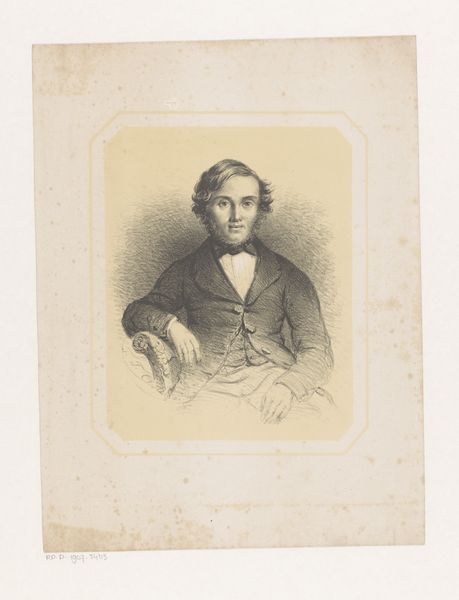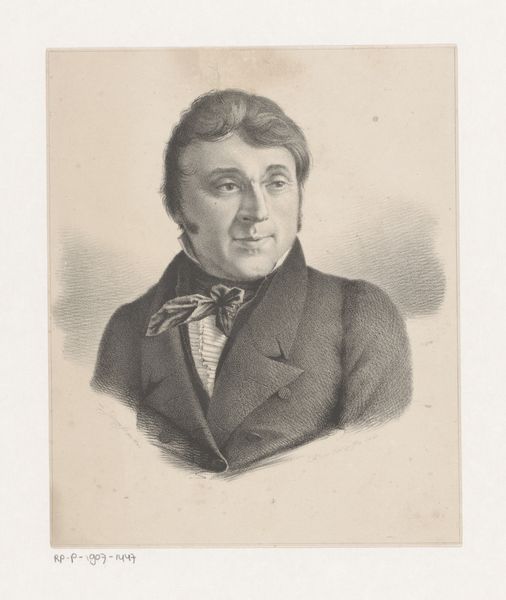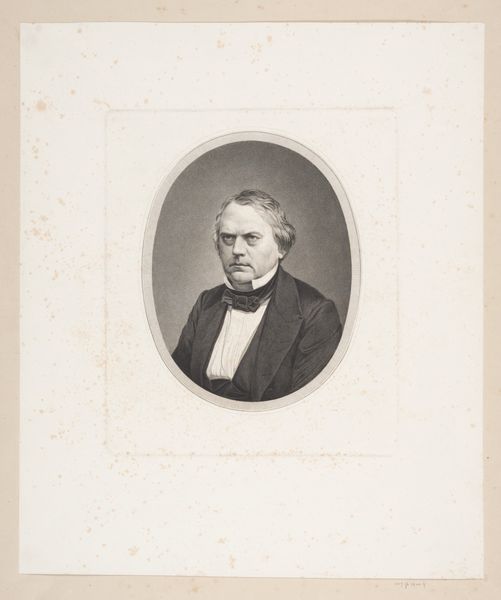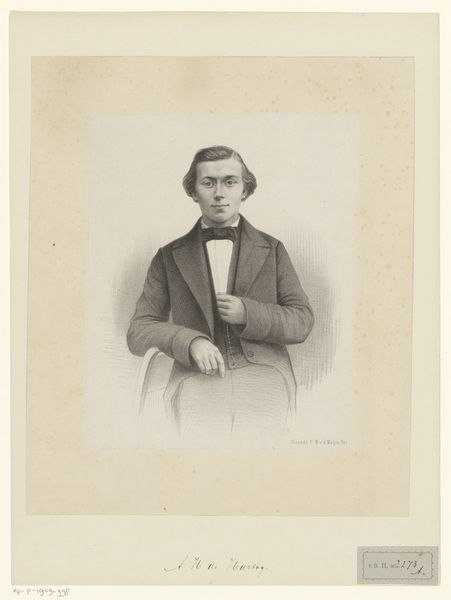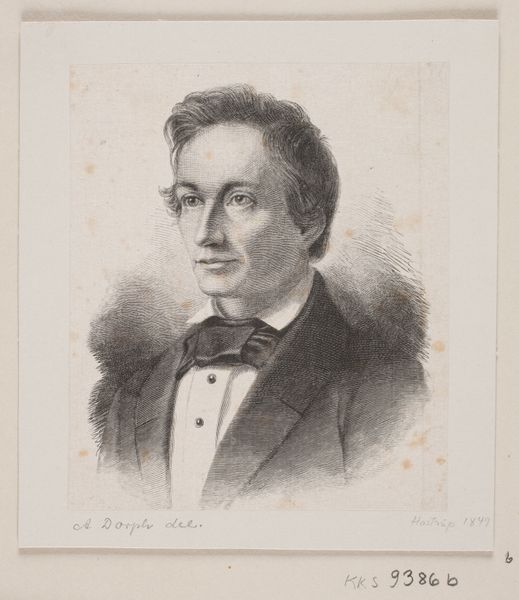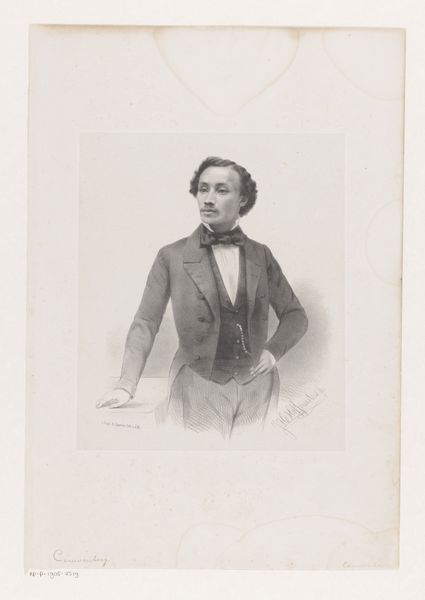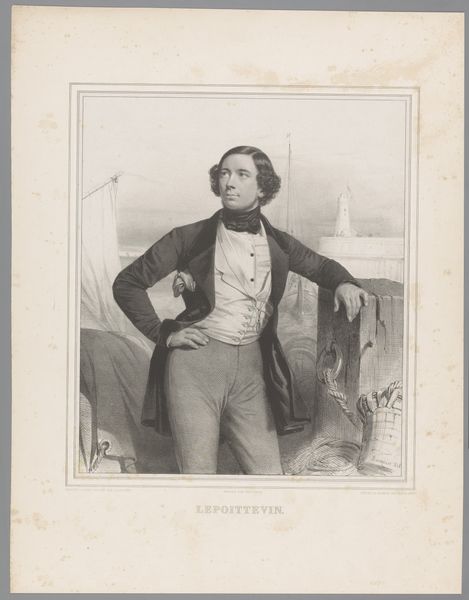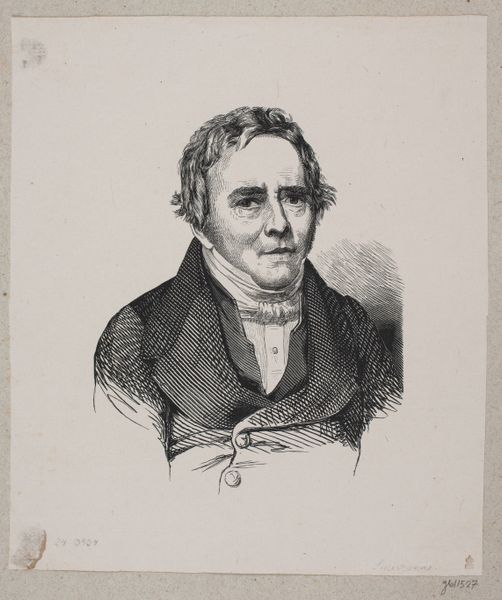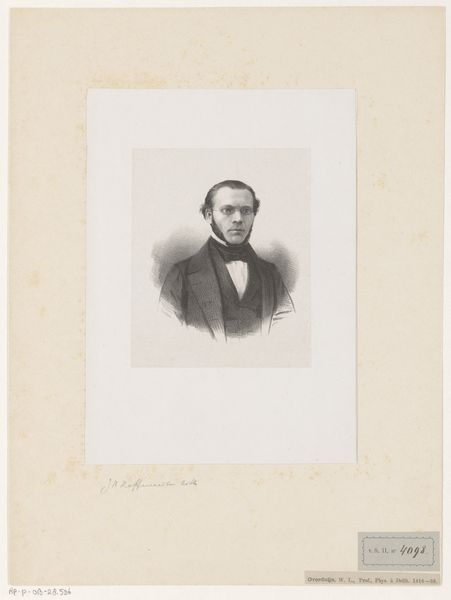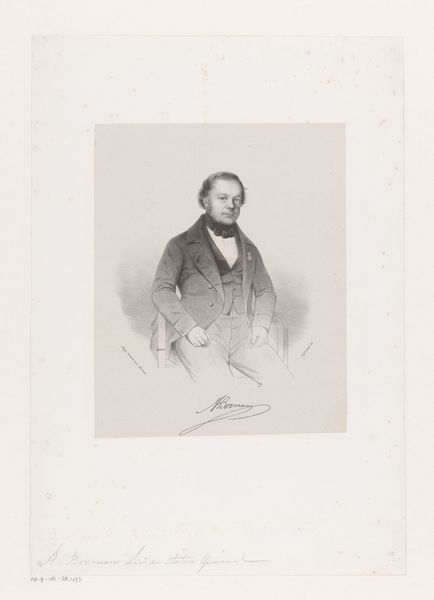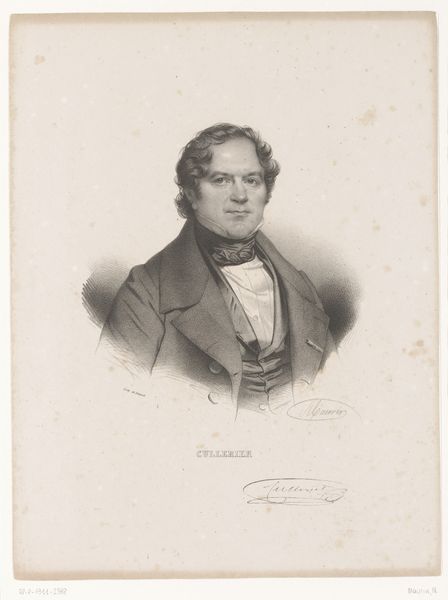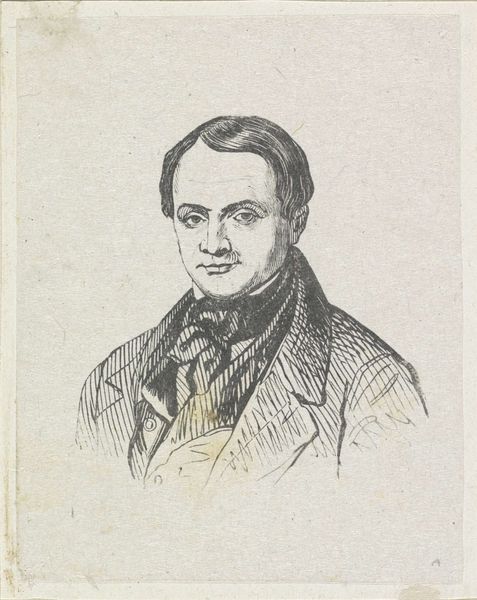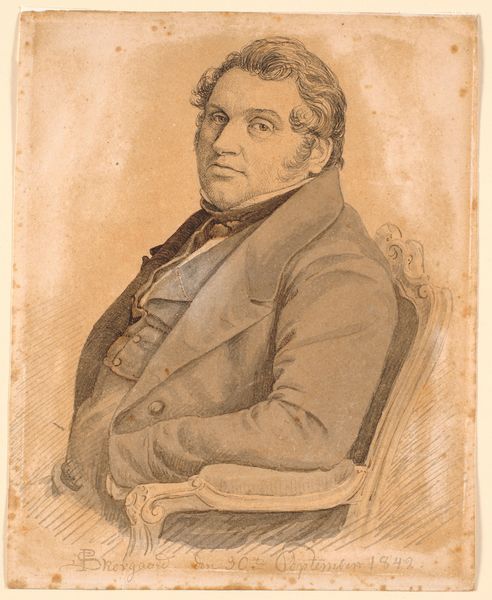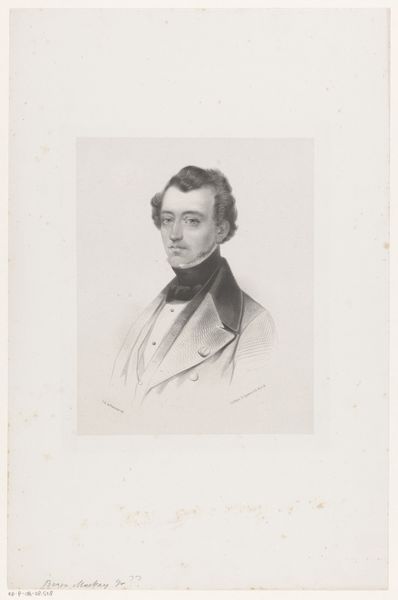
English, from Types of Nationalities (N240) issued by Kinney Bros. 1890
0:00
0:00
drawing, print, watercolor
#
portrait
#
drawing
#
aged paper
#
16_19th-century
# print
#
figuration
#
watercolor
#
19th century
#
men
#
watercolour illustration
#
genre-painting
Dimensions: Sheet (Folded): 2 11/16 × 1 7/16 in. (6.8 × 3.7 cm) Sheet (Unfolded): 6 7/8 × 1 7/16 in. (17.4 × 3.7 cm)
Copyright: Public Domain
Curator: Here we have a fascinating piece: "English, from Types of Nationalities (N240)" issued by Kinney Bros. around 1890. It’s currently held at the Metropolitan Museum of Art. What's your initial impression? Editor: It's got a kind of faded grandeur to it, almost like a vintage postcard. I’m drawn to the visible wear and tear, those creases, that speaks to its life as a mass-produced object handled and circulated widely. Curator: Indeed. Kinney Brothers were a tobacco company, and this was a promotional trading card. But look closely. This seemingly simple portrait, likely a watercolor print, serves as a symbolic representation. Note the pipe, the ruddy complexion... how do these elements shape the viewer’s perception of “Englishness"? Editor: Right, and let’s consider the materiality itself: card stock, affordable inks, the industrial printing process. These were cheap to make and disseminate. The mass production connects to the popular consumption of both images and tobacco—the making of national identity into a commodity. Curator: Precisely. And that short verse at the bottom? It's perpetuating stereotypes, isn't it? The poem is an allegory to typical English behaviour. What purpose does the poem serve to achieve its final intention of making it an English portrayal? Editor: Absolutely. It's reducing an entire nationality to these few tangible traits. It really makes you think about who controls image production, and what those images do. The mass production, alongside an everyday consumable, further establishes that control. It's a simple technique but ever so insidious in its wide usage. Curator: These cards functioned as tools for constructing and disseminating ideas about national identity. How are visual cues used to build up national images and values? Do you see similar processes at work today? Editor: Without a doubt. Just as this card simplifies “Englishness”, media today frequently utilizes very similar approaches to visually shorthand very complex cultural phenomena and people groups, from social media to advertising, to news cycles and beyond. These visual shortcodes form quick associations that embed themselves into shared visual culture to simplify otherwise more nuanced images. Curator: Thinking about this piece helps us unpack the loaded symbolism inherent in visual representations of identity. Editor: Definitely, seeing the process of creating an accessible product shows what aspects were the main focus when creating an identifiable depiction.
Comments
No comments
Be the first to comment and join the conversation on the ultimate creative platform.
